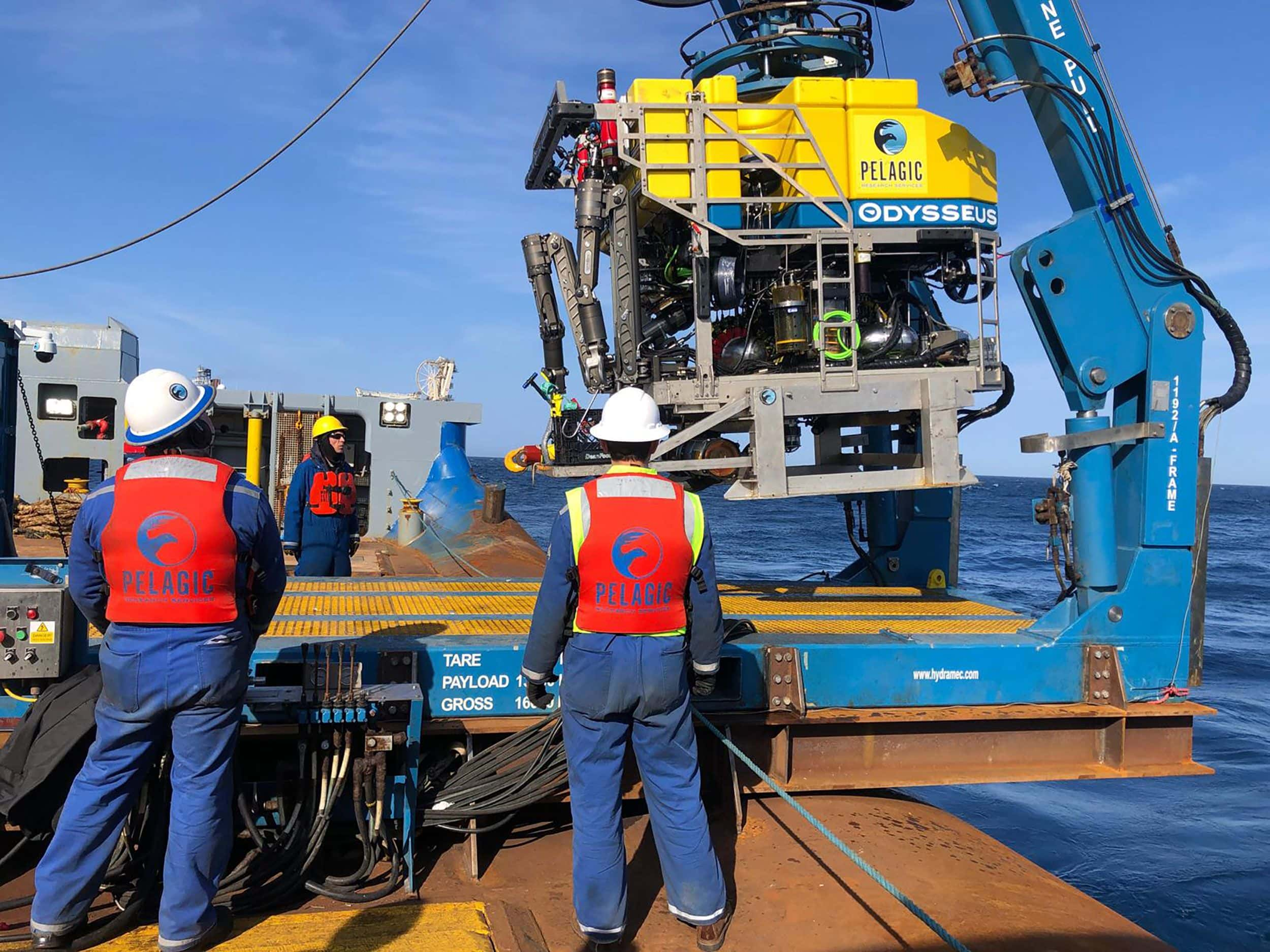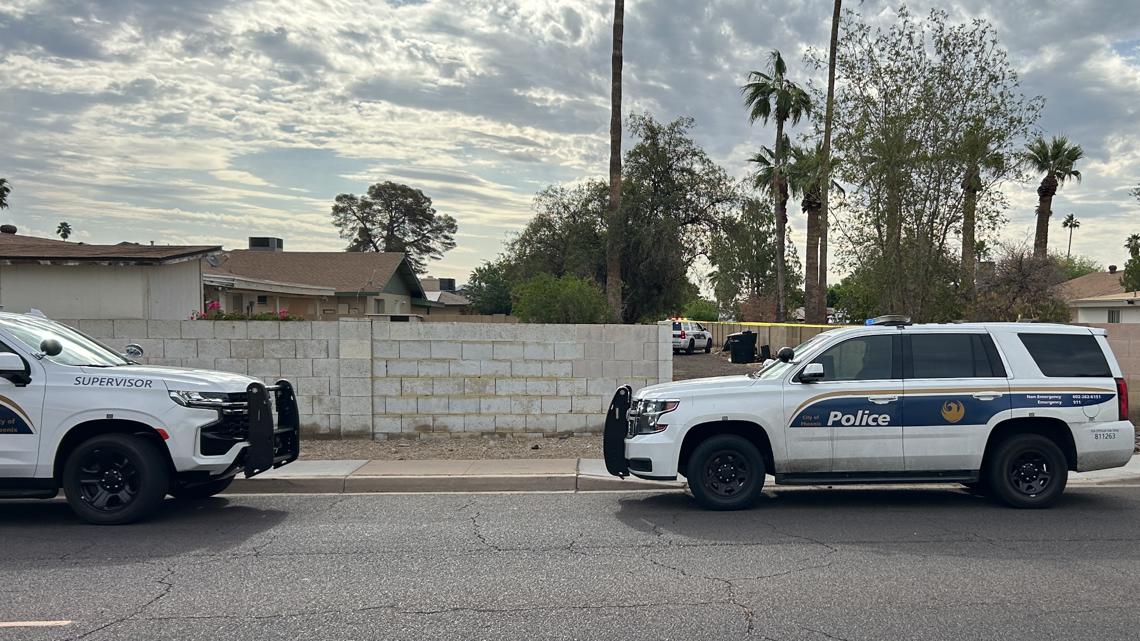The Odysseus 6K, a remotely operated vehicle (ROV), conducted its fourth dive in the North Atlantic on Sunday.

Deep-sea exploration for debris from the ill-fated Titan submersible, which collapsed during a dive to explore the Titanic wreckage
Last week, the ROV discovered a debris field containing fragments of the Titan sub, leading authorities to shift their efforts from search and rescue to recovery. Pelagic Research Services, in collaboration with the Transportation Safety Board of Canada and the U.S. Coast Guard, shared updates and new images of the deep-sea robot on social media.
The project manager for subsea assets aboard the Horizon Arctic, Ed Cassano, commended the Odysseus team for successfully investigating identified objects of interest as directed by incident command personnel. However, officials acknowledged the immense challenges of the recovery operation, given the extreme depth of nearly 2 1/2 miles, equivalent to that of the Titanic wreck. The operation’s difficulty is amplified by the severe atmospheric pressures, temperatures, and environmental stresses at that depth.
The U.S. Coast Guard initiated an investigation into the circumstances surrounding the catastrophic implosion of the Titan Sub
The Coast Guard’s Marine Board of Investigation, joined by international authorities from Canada, France, and the United Kingdom, will conduct the highest level of inquiry into the incident. Initial steps include salvaging debris to gather evidence, followed by a formal hearing to obtain witness testimony. The investigation aims to determine potential factors, including misconduct, incompetence, negligence, unskillfulness, or willful violations of the law by OceanGate, the owner of the Titan sub, and the Coast Guard. No timeline for the investigation has been provided by the Coast Guard.




